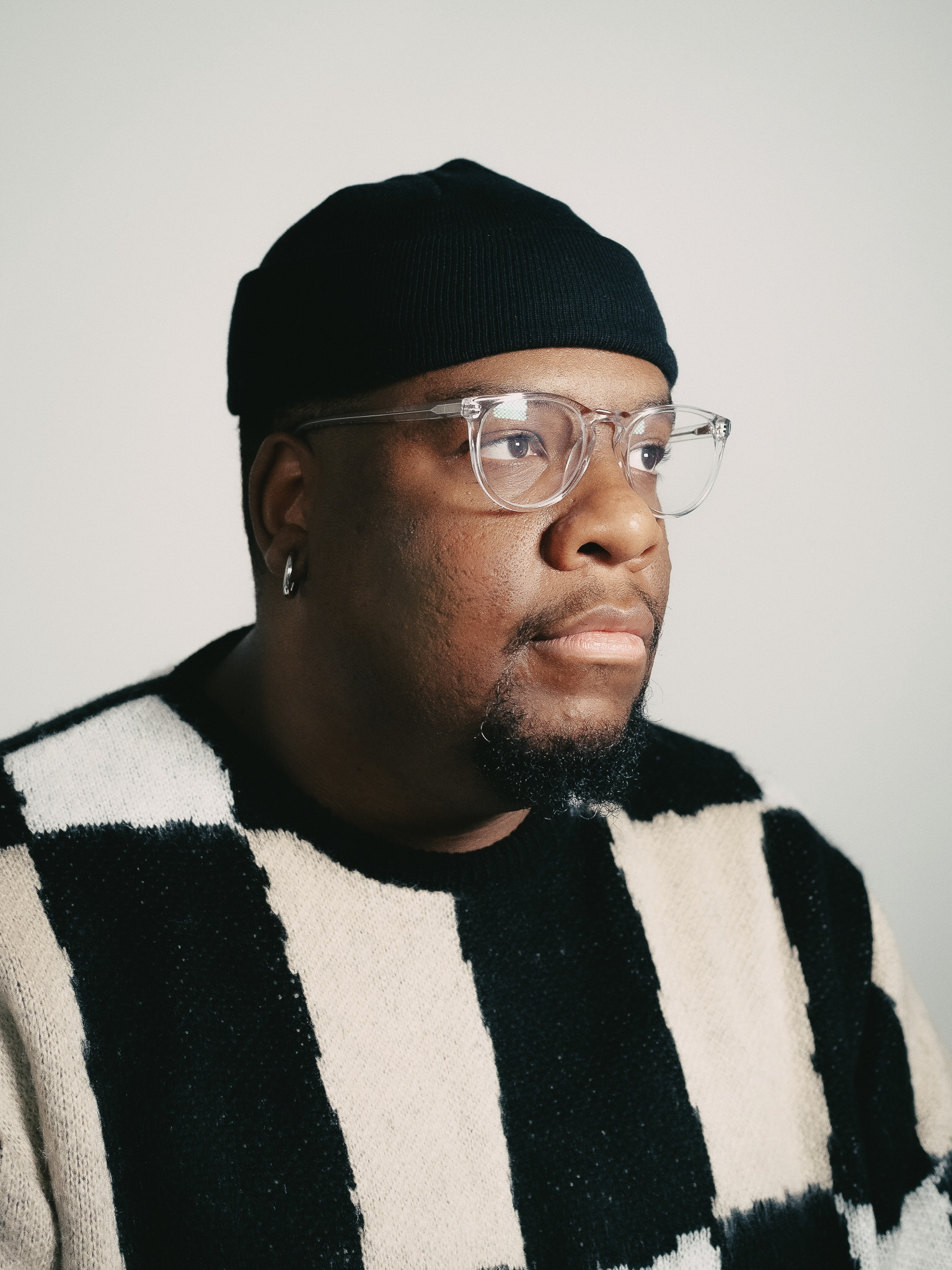
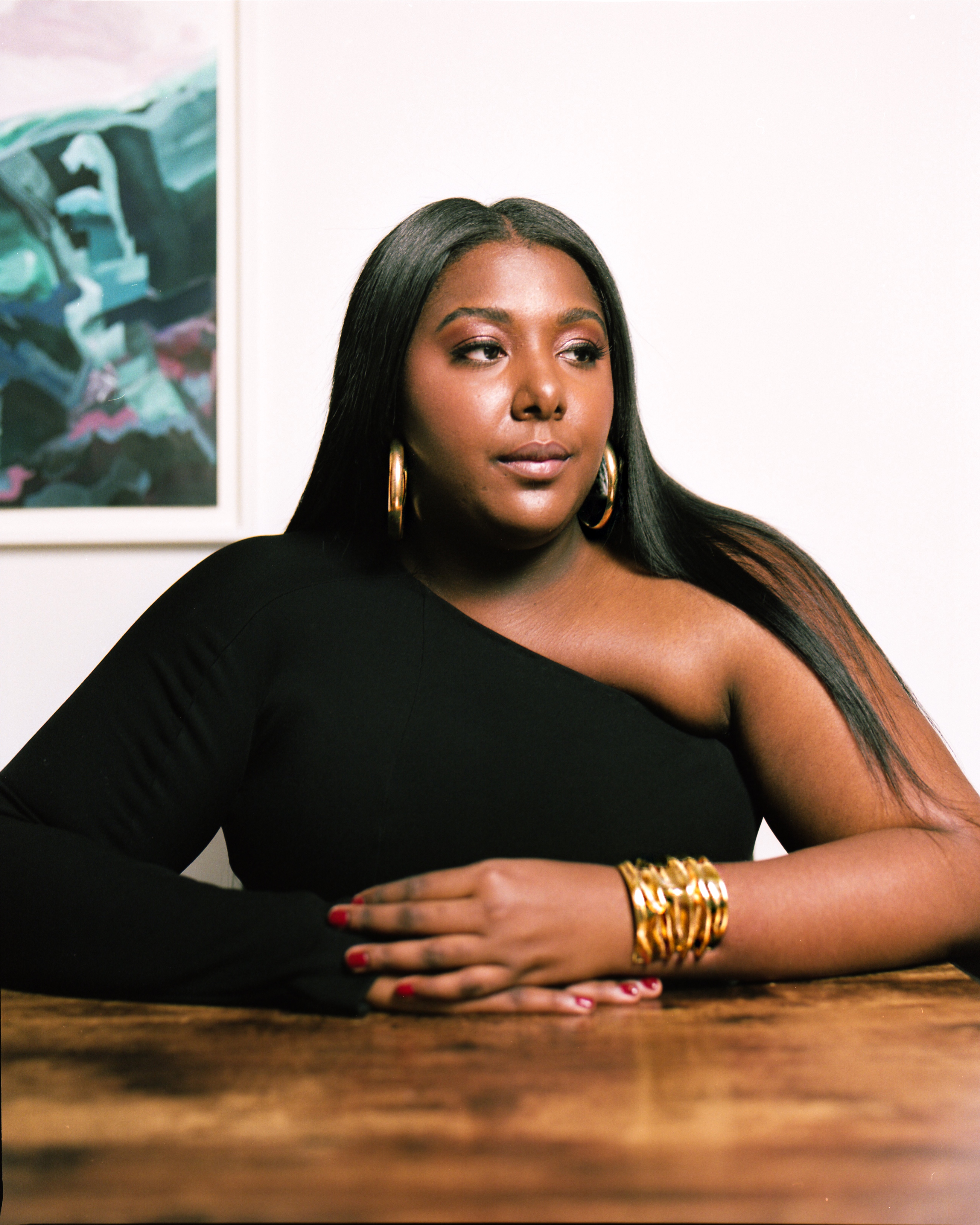
In almost every field there are trailblazing titans who are innovative, visionary figures shifting the zeitgeist and forging new ways of thinking through their innate sensibilities. KJ Freeman is one of those people. KJ Freeman is an art history student turned curator turned gallerist ,whose gallery HOUSING is carving out a forward-thinking space within the art world. Since starting her gallery in 2016, HOUSING has become a safe haven for queer artists, Black artists and artists of color. Being a Black-owned and curatorially-driven hybrid gallery championing BIPOC artists has garnered the gallery some major attention and accolades in the art world. The gallery was named one of Artsy’s 10 Must-See Shows at Black-Owned Galleries You Can View Online as well as being the recipient of The Armory’s third Gramercy International Prize (where she will be showing Allana Clarke and Nathaniel Oliver).
Below GRAZIA chats with KJ to learn more about her art world roots, what it’s like owning a gallery in 2021, her thoughts on the contemporary art market, and her commitment toward championing BIPOC artists.
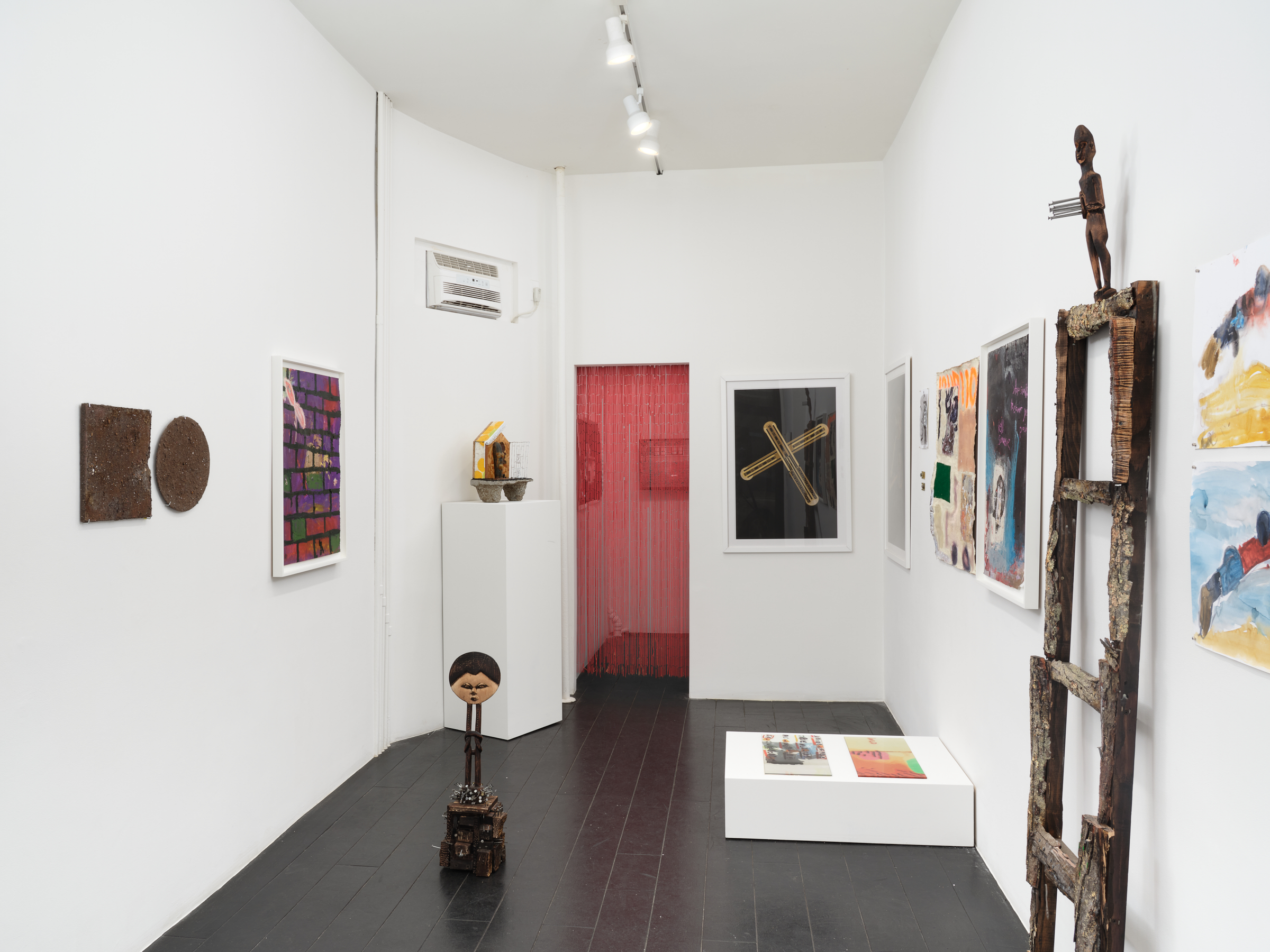
GRAZIA: KJ, tell me a little about yourself. How did you get started in the art world?
KJ Freeman: Well, I’m from New York City. I went to school in Chicago for art history and while there, I had a really bad knee accident and came back to New York. At that point I was in studies for art history while also dabbling in performance art. From there I started working with alternative spaces in the East Village and after doing that for a while, I got an opportunity to take a sublease out on a space. That was the first iteration of HOUSING I’d say, in 2016. It was originally kind of coming from like an artist run space and I think within the last two years, it’s definitely been more curatorially driven. I’m kind of an artist, but then I’m not. I don’t really consider myself an artist but the origins prior were modeled after an artist run space, you know?
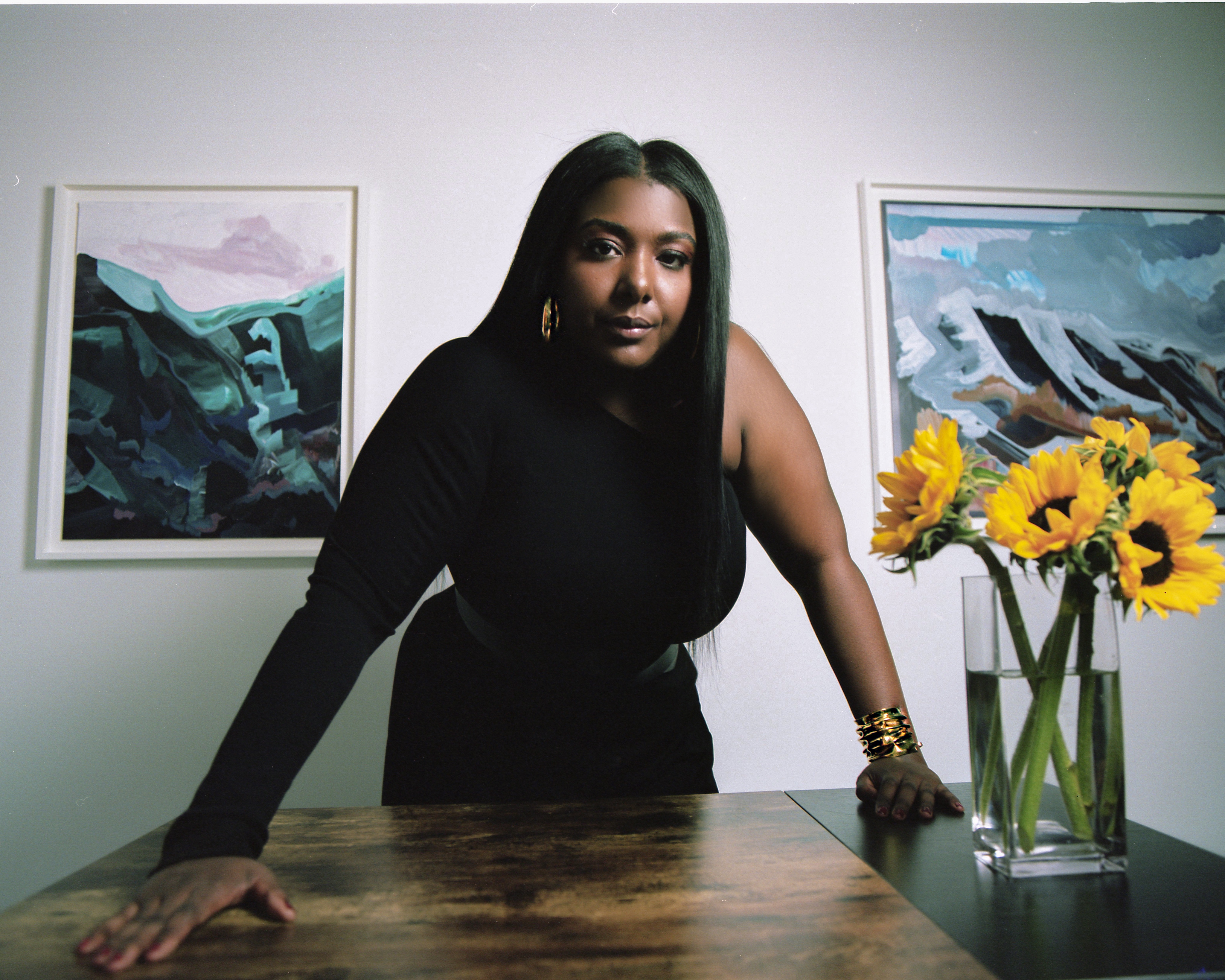
So now would you consider yourself a curator?
Yeah definitely!
In terms of finding artists to exhibit in your space, how do you go about finding them?
I think at first it began as my community and now it’s just this web of different people. For example, there are artists that are showing because someone used to work for me and they referred me to them or I collaborated in a curatorial effort at the gallery and then I saw work that really resonated with me and then started following the artists. There are also different galleries that I look to for inspiration, like Participant Inc. I really enjoy their curation.
How do you structure the programming for the gallery? How many shows do you set?
Sometimes I’m fine with keeping the show up for like two months. I’m at a point where I don’t feel compelled to exhaust myself or set validation, so it’s like if the show needs to stay up, the show needs to stay up.
“I want Black and Brown artists to feel loved. “I want them to know that there are people who are fighting for them in an authentic and genuine way that’s not tied to how much money they can make off of them.”

From Nicola Vassell, to Marine Ibrahim, to even Ebony L. Haynes (she’s Gallery director at David Zwirner) seeing this emerging class of Black female-owned galleries is incredibly powerful, but not without its set of challenges I’m certain. Can you tell me a little about your experience as a Black gallery owner?
Sure. The thing is that there’s a lot of hidden history. You know what I mean? Like there is a legacy of Black run gallery spaces. There’s Essie Greenn — they were some of the first people to place Charles White and Romare Bearden’s work — June Kelly, who’s still open in Soho, and then there’s also Karen Jenkins-Johnson, as well.
The erasure is real!
Yeah, definitely. There’s a ton of erasure and it’s done on purpose, you know? I have a friend, I mean, it’s not a Black-run gallery, but just for context. She’s a Lebanese-run gallery and she directed International With Monument, which opened in the 1980s. They were some of the first people to show Jeff Koons but no one thinks of Jeff Koons in relationship to International Monument. So it’s just this widespread erasure that takes place. Nicola (Vassell), myself, and Ebony (L. Haynes), I think are just a new wave of something that’s been going on and we’re just way more visible than our predecessors, but it’s not as sort of this significant rise of Black run galleries and spaces as the narrative goes.
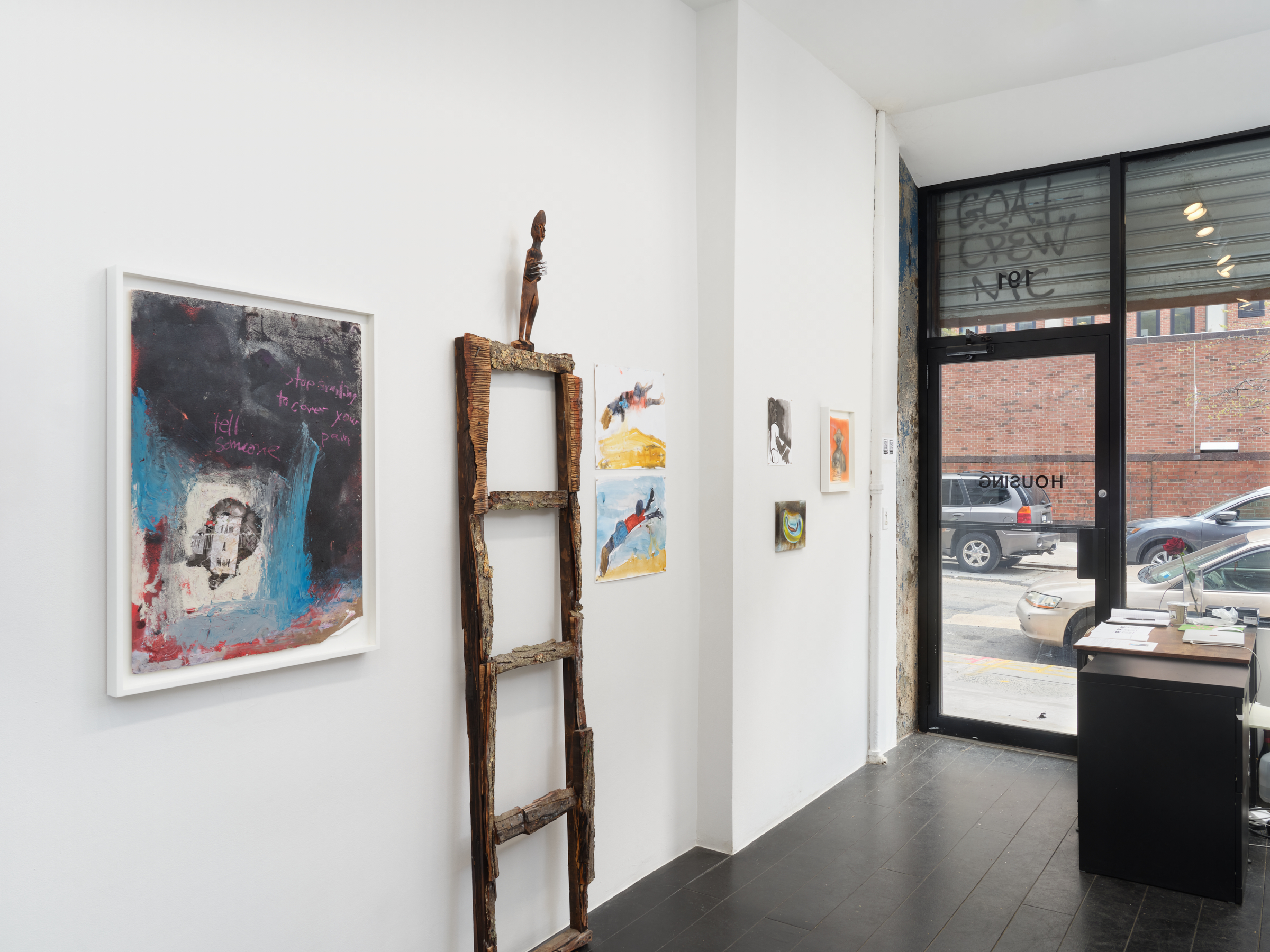

We’ve started to see insane market prices, as galleries really aren’t investing in relationships with collectors and actually showing concern where the art is placed. How is your relationship with collectors in terms of finding collectors that value the work?
You’re speaking on like flippers or secondary market stuff? Well, those collectors don’t come towards me actually [laughs]. I’ve placed work in several very solid Black collections, placed work with an institution, I’ve placed work with board members of institutions and I’ve placed work with artists of color — I always love selling to artists. I’ve always been adamant about selling to, you know, people who are really invested in the ecosystem and keeping the ecosystem of art alive beyond their own gain or capital gain from the work. I’ve never had a work hit auction — cross my fingers that doesn’t happen — but you know what, eventually it does happen and there are all kinds of different ways galleries go about trying to stop that. It all comes down to being very perceptive about who’s buying the work, why they’re buying the work and what they want to do with the work.
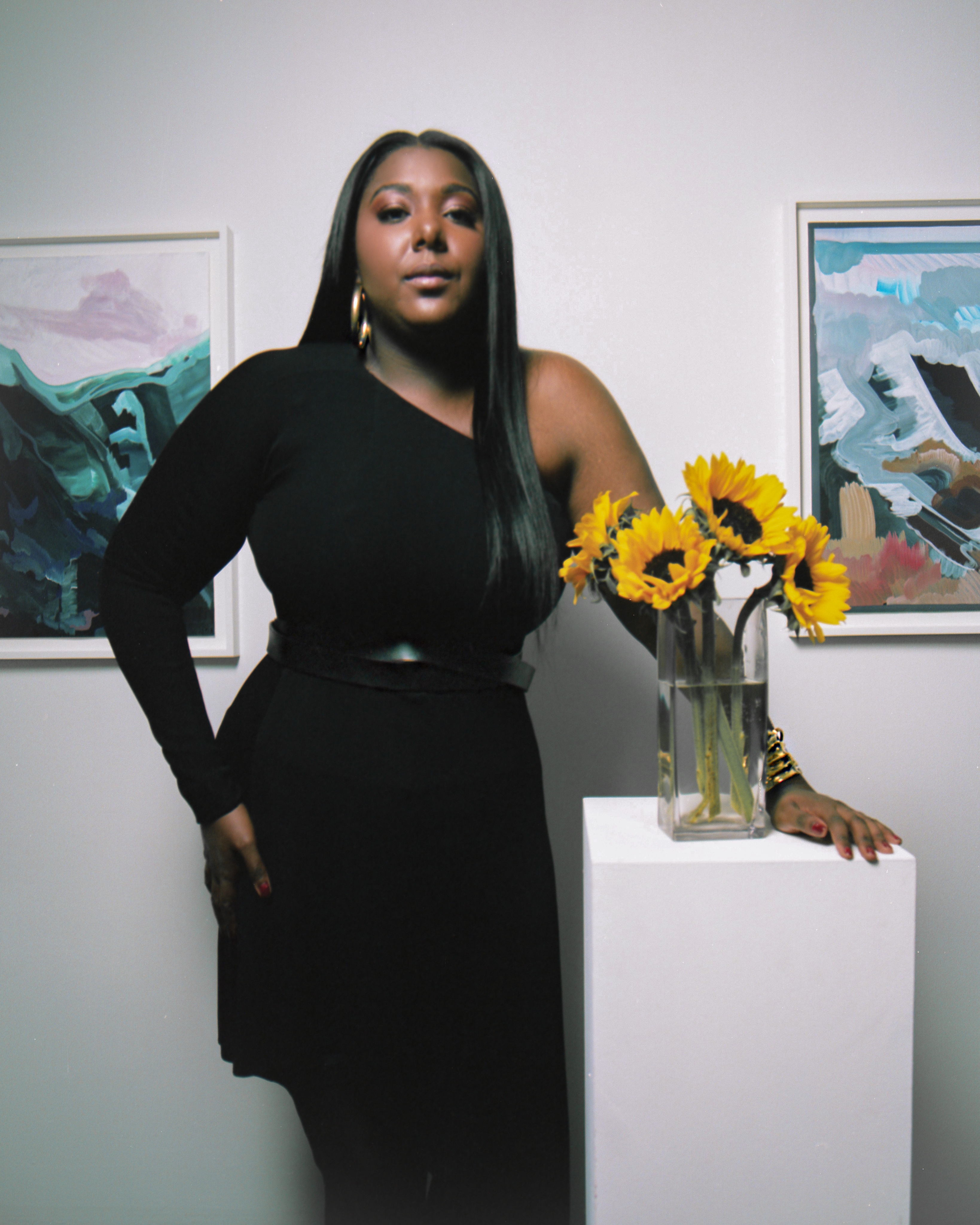
So what’s next?
The next show, ‘Thick Like Dumpling,’ is a collection of four different artists from the Caribbean diaspora — Albert Chong, Abigail Lucian, Saray Escoto, and Hassani Sahlehe. Then we have the Armory show in September with Allana Clarke and Nathaniel Oliver. After that, I’m curating my next in-house shows, which are about composition and avant garde classical music. It’s weird, but I thought it’d be a fun series of programs to do.
Booked and busy.
Yeah, I know! It’s a lot [laughs].
The next show on view, Thick Like Dumpling, opens June 10, 2021 at the HOUSING gallery, located at 191 Henry Street in New York.








